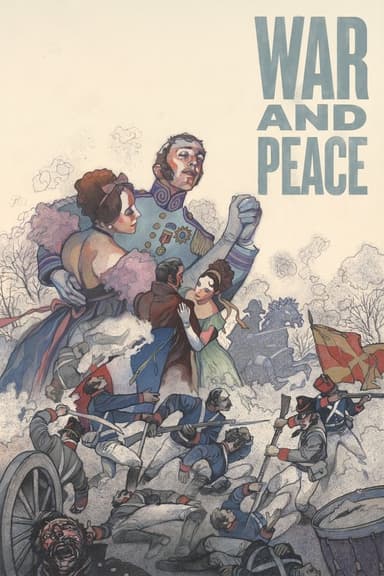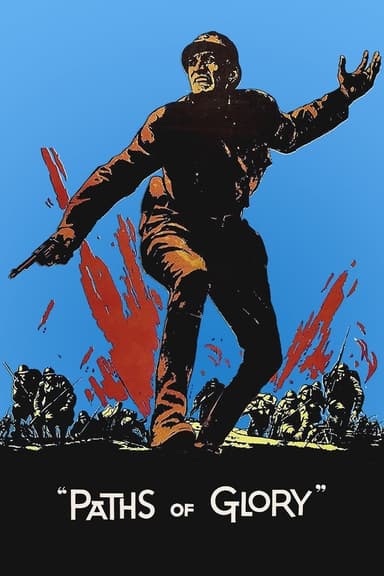
Gallipoli
1981 • Drama, History, War • PG
Two Australian sprinters face the brutal realities of war when they are sent to fight in the Gallipoli campaign in the Ottoman Empire during World War I.
Runtime: 1h 52m
Why you should read the novel
While the film Gallipoli captures the emotional core and sweeping visuals of the infamous campaign, Les Carlyon's 'Gallipoli' delves far deeper into the reality and complexity of this historical event. The book offers detailed accounts, diverse perspectives, and firsthand testimonies that no cinematic retelling could fully encompass, giving readers a more nuanced grasp of the campaign's brutality and human cost.
Carlyon's meticulous research and evocative prose bring to life personalities and events that the movie can only hint at in passing. He explores not only the Australian involvement, but also the wider geopolitical landscape and the Ottoman defenders' perspective, offering a comprehensive understanding of Gallipoli's global significance.
For those seeking to truly understand the personal sacrifices, strategic blunders, and cultural impact of Gallipoli, the book is indispensable. It gives its readers a voice for the voiceless and a window into one of the most significant—and misrepresented—events of World War I, making a compelling case to reach for the book rather than the screen.
Adaptation differences
One of the most significant differences between the film adaptation and Les Carlyon's book is the focus and scope. The movie centers on two young Australians and their journey from rural Australia to the hell of the Gallipoli peninsula, using their friendship as an emotional anchor. In contrast, the book takes a much broader view, incorporating military strategy, political context, and multiple viewpoints, including those of the Ottomans and British command.
The film streamlines the narrative to fit its runtime and dramatic arc, often sacrificing historical complexity for emotional impact. Carlyon's book, on the other hand, meticulously reconstructs key battles and moments of decision, dedicating chapters to leadership failures and the perspectives of ordinary soldiers, which creates a more layered understanding than the film can convey.
Another notable difference lies in the depiction of the campaign’s aftermath. The movie ends with a poignant, iconic freeze-frame—symbolizing loss and futility—but leaves much of the campaign’s consequence and legacy unexplored. The book, by contrast, follows the repercussions for the survivors, the Australian home front, and the enduring mythology built around Gallipoli in both Australia and Turkey.
Finally, while the movie is a product of its time, filtered through national sentiment and anti-war messaging, the book invites reflection through primary sources, analysis, and recovered voices. Readers of Carlyon's Gallipoli are left not just with images, but with understanding—of suffering, courage, and the ways history is remembered and constructed.
Gallipoli inspired from
Gallipoli
by Les Carlyon










